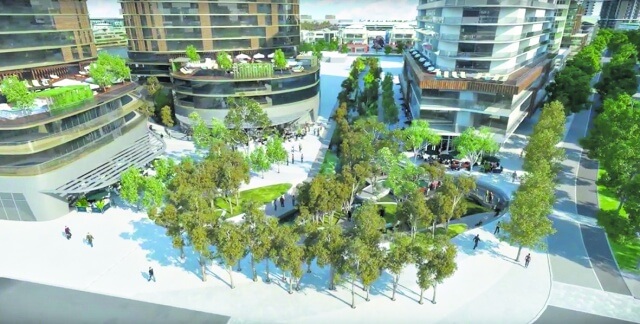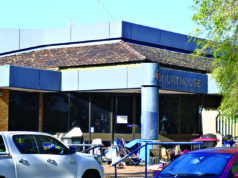The City of Canning unveiled its vision for a redeveloped Cannington during a visit to the eastern states earlier this month.
The 2015 Canning City Centre Regeneration Program is designed to upgrade large areas of land along Cecil Avenue near the Carousel Shopping Centre.
The plan promised a boost in retail offerings in the area, increased commercial office space, apartments and recreation areas on the Canning River.
The program aims to offer high-density residential accommodation near Cannington Train Station and Carousel shopping centre and a number of small shopfronts on Cecil Avenue.
Mayor Paul Ng, deputy mayor Lindsay Holland and Canning chief executive officer Arthur Kyron visited the eastern states to discuss the plan with local councils and Members of Parliament.
Mr Holland said the trip was an “absolutely fantastic” opportunity to promote the City of Canning, during which an MP had said he thought their presentation was the best he had seen.
The plan would be delivered over a 20-year period with its first three phases to be completed by 2028.
They include purchasing land for the upgrades, installing underground power lines and upgrading the roads around Carousel.

Mr Holland said by November he was hoping to be in negotiations with the Department of Housing, which owned land in the area.
The upgrades were expected to cost about $70 million over 20 years but could generate up to 15,000 jobs, 10,000 new homes and $922 million in wages and salaries.
The eastern states visit was accompanied by a video created by the city to promote its vision, which included artist representations of a modernised Cecil Avenue and Cannington Train Station area.
The city said the upgrades were important to maintain the quality of service currently available and without upgrades the area “will be significantly hampered by poor amenity, low or discounted property prices, fragmented land ownership, inadequate infrastructure and perceptions of poor safety and traffic congestion.”
The city will now investigate different funding models before voting on the program.














